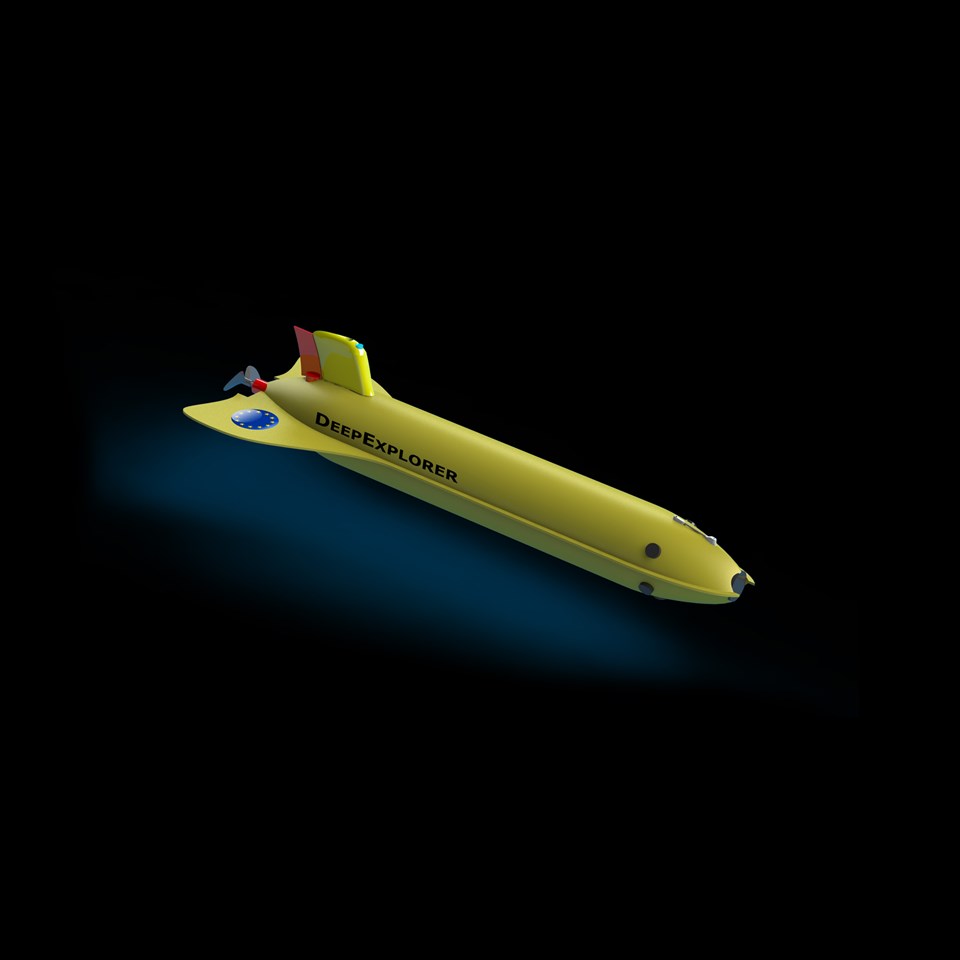Developing Europe’s first ultra-deep-sea robot
Scientists and engineers from the University of Southampton are part of an €8 million project to develop an underwater glider to study the oceans and assess the environmental impact of oil and gas mining.

As part of BRIDGES (Bringing together Research and Industry for the Development of Glider Environmental Services), researchers from across Europe along with the UK National Oceanography Centre and nine small and medium-sized businesses are developing the first ultra-deep-sea robot glider.
Gliders are small and relatively low-cost robots which are used for ocean observation. Previously, researchers who wanted to monitor underwater conditions have had to book expensive ship time. Gliders are not only a cost-effective solution to take long-term measurements, including in remote areas, but they also offer greater control as they can be programmed to move exactly as the scientists want.
SeaExplorer is a prototype, capable of monitoring temperature, salt levels and chemical composition, that will be used as a model for the industrial production of gliders and other long-term measuring devices placed in the sea. Researchers from Southampton are looking at how to increase the depth at which it can operate from around less than one mile to more than three.
This kind of large-scale project would not be possible without international collaboration drawing on the best specialist knowledge and expertise from across Europe. In addition, developing this kind of technology at European rather than national level is far more cost-effective and resource-efficient, avoiding duplication of efforts.
-
Adam Clarke
adam.clarke@russellgroup.ac.uk
020 3816 1302
-
Stephanie Smith
020 3816 1310
 X
X


